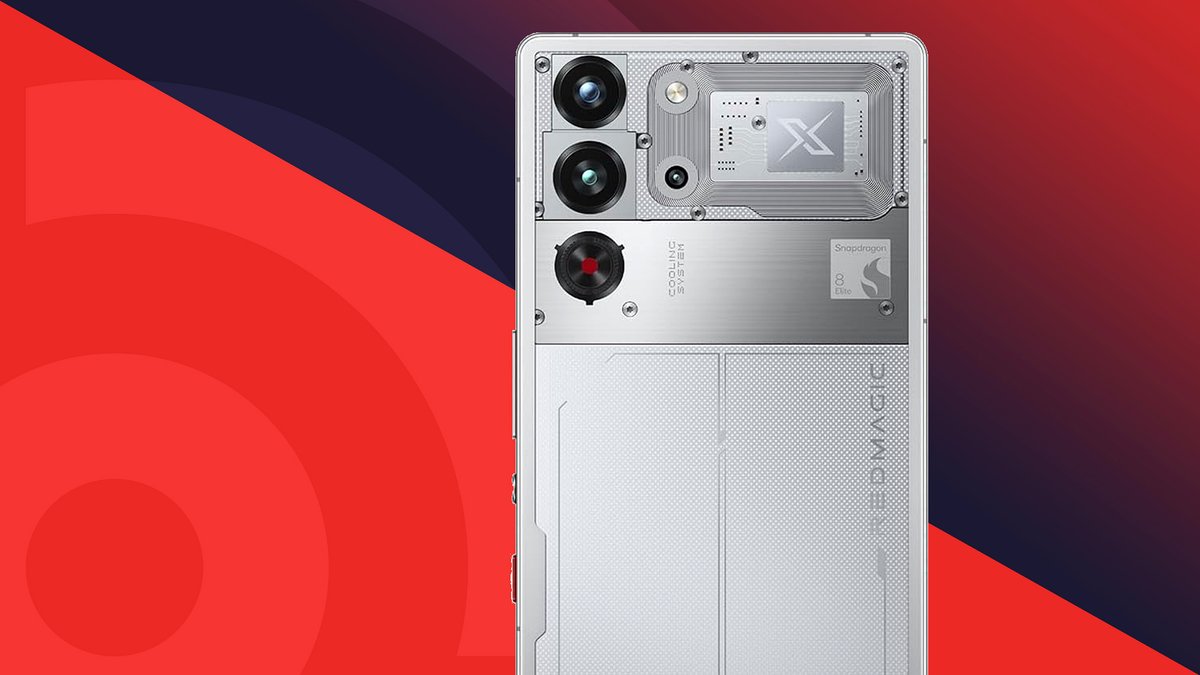The x86 handheld gaming market exhibits increasing fragmentation as manufacturers pursue divergent strategies across performance tiers, operating systems, and architectural choices. Recent market developments reveal a landscape where unified vision has given way to scattered approaches, potentially undermining the category's mainstream appeal.
Architectural Battlegrounds
The processor landscape demonstrates unprecedented diversity with AMD's Z2 series, Intel's Lunar Lake, and upcoming Strix Halo architectures competing for handheld dominance. MSI's simultaneous development of Claw 7 AI+ and Claw 8 AI+ models with Intel processors, while also preparing AMD-based variants, exemplifies manufacturers' hedging strategies. This architectural fragmentation forces developers to optimize for multiple platforms, diluting the focused development that made Steam Deck successful.
GPD's upcoming Win 5 pushes boundaries further with AMD's Strix Halo processor requiring external battery solutions or constant wall power. This engineering reality transforms the fundamental handheld concept, creating a new category that straddles portable and desktop gaming paradigms.
Operating System Divergence
Platform fragmentation extends beyond hardware as manufacturers split between Windows and Linux-based solutions. Lenovo's Legion Go S offers both Windows and SteamOS variants, reflecting market uncertainty about optimal software platforms. While SteamOS provides superior battery life and gaming-focused interfaces, Windows maintains compatibility advantages for productivity applications and Game Pass integration.
This OS divide creates distinct user experiences within the same hardware category. Reviews consistently highlight SteamOS variants delivering 20-30% better battery life, yet Windows models dominate sales channels due to perceived versatility. The bifurcation forces consumers to choose between efficiency and flexibility before even considering hardware specifications.
Price Tier Chaos
Market pricing reveals complete abandonment of coherent positioning strategies. ROG Ally Z1 Extreme units appear at $387.99 through discount channels while MSI positions new Claw models at $899. Simultaneously, GPD targets ultra-premium segments with anticipated $1,500+ pricing for the Win 5. This scattered pricing approach confuses consumers and prevents establishment of clear value propositions within the category.
The pricing chaos particularly impacts Intel's market position. Despite Lunar Lake's competitive performance improvements, Intel-based handhelds command premium prices without corresponding ecosystem benefits. The MSI Claw series struggles to justify higher costs when AMD alternatives offer mature driver support and broader optimization.
Developer Ecosystem Implications
Fragmentation's most significant impact affects developer optimization efforts. Unlike console markets where standardized hardware enables focused optimization, handheld gaming PCs present moving targets across multiple dimensions. Games must account for varying display resolutions, refresh rates, processor architectures, and operating systems within the same product category.
This complexity discourages dedicated handheld optimization, leaving most titles relying on generic PC settings. The situation contrasts sharply with Steam Deck's focused hardware target that encouraged specific performance profiles and interface adaptations. As manufacturers pursue differentiation through unique specifications, the collective ecosystem suffers from diluted developer attention.
Market Maturation or Dissolution
Current fragmentation patterns suggest the handheld gaming PC market faces a critical juncture. Either manufacturers will consolidate around proven formulas, or the category will splinter into incompatible niches serving different user priorities. Early indicators point toward the latter scenario as companies double down on differentiation rather than standardization.
The market's evolution mirrors early tablet computing where numerous form factors and operating systems competed before iPad's dominance established category norms. However, handheld gaming PCs lack a comparable anchor product with sufficient market share to drive standardization. Steam Deck's influence remains significant but insufficient to prevent ecosystem fragmentation as competitors pursue premium positioning strategies that abandon Valve's accessibility template.
Sources
- TechRadar: "Handheld PC makers are slowly losing touch with Valve's successful Steam Deck template of affordability by TechRadar Staff"
- Tom's Hardware: "AMD Strix Halo gaming handheld lacks an internal battery — GPD Win 5 requires an external battery by Jowi Morales"
- MinixPC: "GPD WIN 5 with AMD Strix Halo Processor to Launch at ChinaJoy 2025 by MinixPC Editorial"
- The Verge: "GPD's monster Strix Halo handheld requires a battery 'backpack' by The Verge Staff"
Note: All sources have been verified for accuracy and editorial standards compliance.
